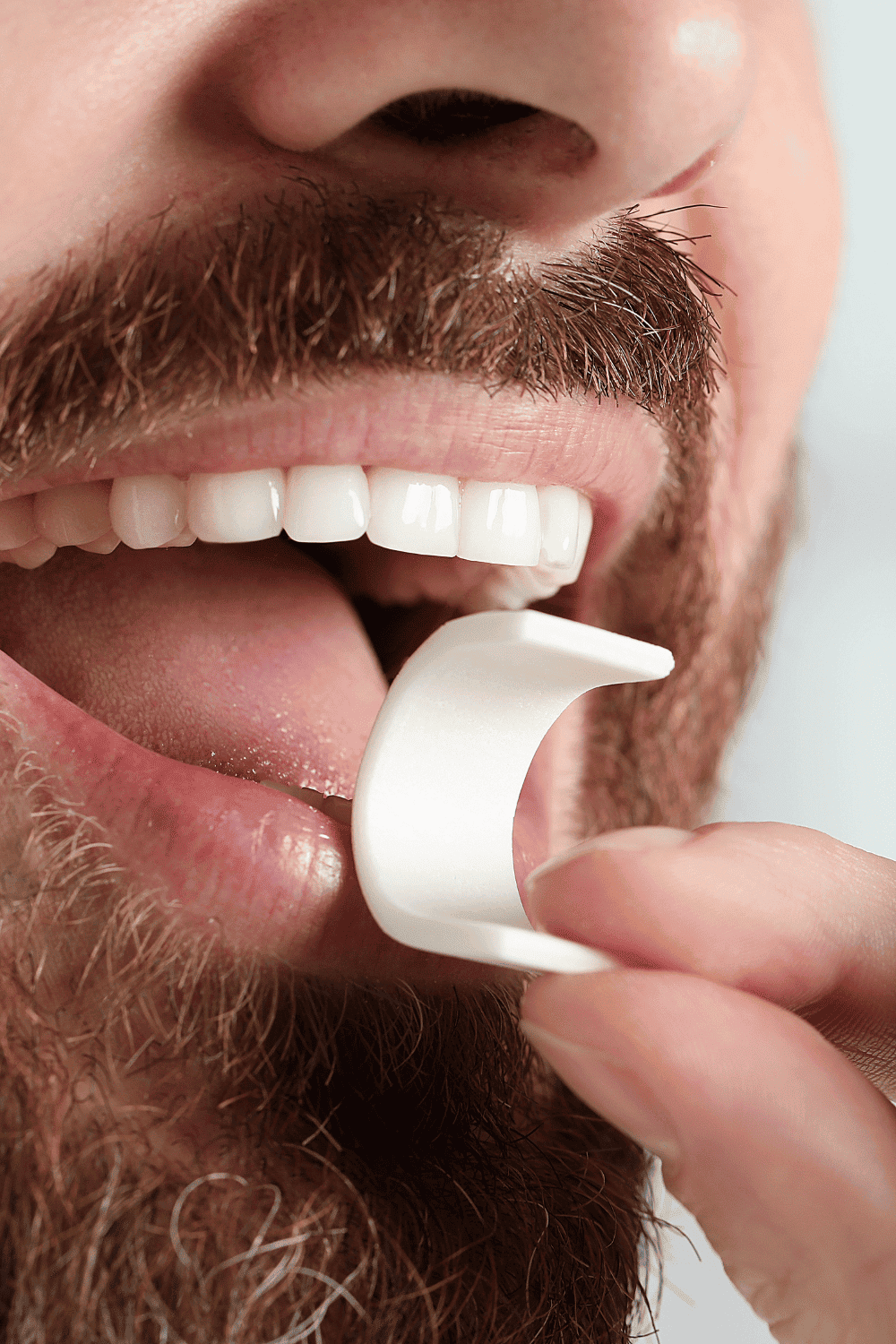Understanding Oral Fixation in ADHD: Chewing, Fidgeting & Beyond
Imagine a world where your mind races at a million miles per hour. Now, picture a simple act that could help calm that storm.
For many with ADHD, that act is oral fixation. It's not just about chewing gum or biting pencils. ADHD oral fixation might look a bit odd to others, but it's actually a coping tool, helping alleviate feelings of overwhelm.
Surprised? You're not alone (and might even be wondering “Do I have ADHD?")
Few realize the profound link between ADHD and oral fixation, and this is just one of many ADHD myths that need debunking.
Let’s explore oral fixation, ADHD, and how they interconnect.
Oral Fixation, ADHD: The Connection
Understanding the neurological differences that accompany ADHD, including executive functioning challenges, is crucial to unpacking the prevalence of oral fixation.
ADHD symptoms aren't just about “being distracted,” but rooted in how your brain handles neurotransmitters like dopamine. This difference can lead to difficulties with impulse control and hyperactivity, which are hallmarks of ADHD.
Ever wonder why people with ADHD often have sensory-seeking behaviours?
When it comes to ADHD and oral fixation, that urge to chew or fidget isn't just a random habit, but the brain's way of getting the stimulation it's craving.
Common Manifestations of Oral Fixation in ADHD
Oral fixation in individuals with ADHD can manifest in various ways, often serving as a coping mechanism or a means of sensory stimulation (stimming in ADHD is one of them).
These behaviours, while providing temporary relief or satisfaction, may lead to health concerns if left unaddressed.
The closer you are to understanding these behaviours is crucial for developing effective management strategies and promoting overall well-being for individuals with ADHD.
Excessive Chewing and Biting
One of the most recognizable forms of oral fixation is excessive chewing and biting. Commonly, individuals may resort to chewing on items like pens, pencils, or gum to obtain sensory input or alleviate anxiety. However, these behaviours can carry potential dental risks, such as tooth wear, mouth sores, or even jaw issues.
Nail Biting and Skin Picking
Nail biting and skin picking are also prevalent among individuals with ADHD. Often linked to anxiety or boredom, these habits can become detrimental over time, leading to injuries or infections.
Object Mouthing
Some individuals with ADHD may resort to mouthing objects as a way of exploring their environment or seeking relaxation. While this instinctive behaviour can provide comfort, it poses hygiene and safety risks, particularly when mouthing non-food items.
There are safer alternatives like oral sensory tools, which are like chewable toys or sensory objects designed for mouthing. These items can satisfy sensory needs without compromising health.
Excessive Drinking
Excessive drinking behaviours, particularly involving sugary or caffeinated beverages, often arise from sensory-seeking behaviour or habit. While staying hydrated is essential, consuming too many sugary drinks can lead to serious health risks, including obesity and diabetes.
Smoking and Vaping
For some individuals, smoking and vaping may appear appealing. These behaviours can provide a unique form of sensory stimulation and social engagement. However, the health risks associated with smoking and vaping, particularly among younger populations, are severe.
Overeating and Snacking
Impulsivity plays a significant role in overeating and snacking among individuals with ADHD. These behaviours often stem from a need for self-soothing or emotional regulation. Many may find comfort in food, leading to patterns of emotional eating.
Teeth Grinding
Teeth grinding, known as bruxism, is another common manifestation of oral fixation that can significantly affect individuals with ADHD. Often associated with stress and anxiety, bruxism can lead to long-term dental problems and overall discomfort.
Hair Chewing
Hair chewing may seem innocuous but often reflects an individual’s anxiety or a need for oral stimulation. This behaviour can lead to unfortunate consequences, including noticeable hair loss and psychological distress.
Coping Strategies and Management Techniques for Oral Fixation ADHD
Managing oral fixation in individuals with ADHD requires a multifaceted approach that addresses both the underlying causes and the resulting behaviours.
Let’s discuss some behavioural interventions that can help reshape habits, sensory tools and alternatives that provide safer outlets for oral stimulation, and mindfulness techniques that foster self-awareness and emotional regulation.
Behavioural Interventions
Behaviours associated with oral fixation can be altered through effective behavioural interventions. Positive reinforcement plays a significant role; rewarding small successes can build motivation and foster retention.
Establishing structured routines can also help channel impulsivity productively, reducing instances of oral fixation.
Fidgeting and focus often go hand in hand for people with ADHD, so activities that keep hands busy can actually help them concentrate better! Any way of finding constructive outlets for energy can usually help someone foster a more positive environment.
Sensory Tools and Alternatives
Incorporating sensory tools can be a game-changer for managing oral fixation. Chewing aids for ADHD come in all shapes and sizes these days, from funky jewelry you can nibble on to textured toys that are perfect for gnawing!
When implementing sensory tools, it may take time to discover what works best for each individual, so experimentation is encouraged.
You’ll likely want to evaluate different sensory solutions and pay attention to preferences. This approach allows for a more personalized solution that effectively addresses the need for oral stimulation.
Mindfulness and Self-Awareness
When it comes to concentration techniques, mindfulness can help spot what triggers oral fixation in the first place.
Mindfulness techniques help individuals become aware of when and why they turn to these coping mechanisms. This awareness can lead to more proactive responses to stressful or anxiety-inducing situations.
Techniques such as journaling can encourage reflection on emotional states and associated behaviours. Documenting thoughts and feelings can illuminate patterns, providing insights into triggers and fostering self-regulation skills over time.
When to Seek Professional Help: Access Therapy
If oral fixation ADHD behaviours become overwhelming or disruptive, it may be time to seek professional help through ADHD therapy.
Cognitive-behavioural therapy (CBT) can help individuals address both ADHD symptoms and the associated behaviours and executive function.
If you or someone you know is dealing with ADHD and oral fixation, don’t hesitate to explore these strategies further. Your journey to better management begins with our Hamilton therapy office!




